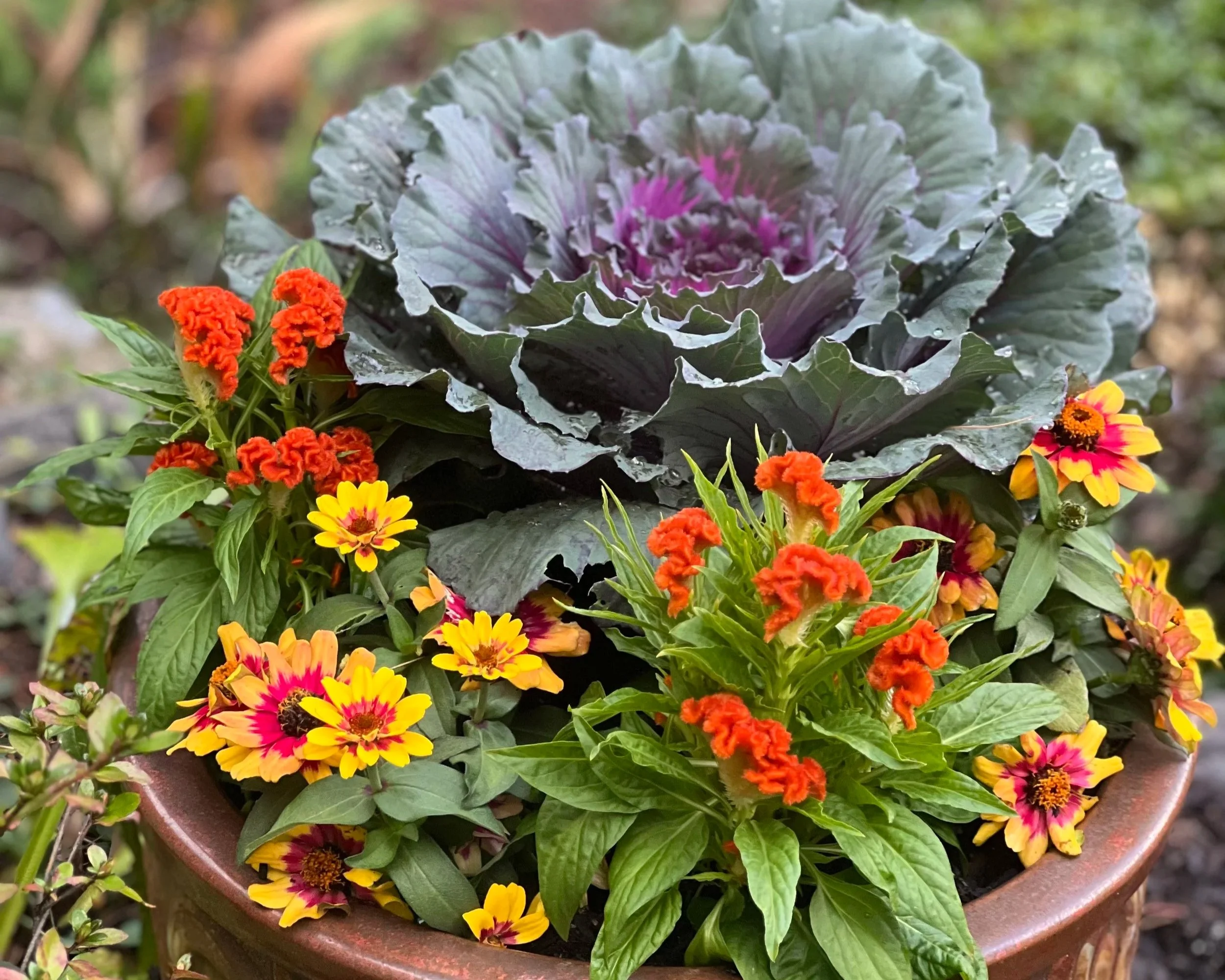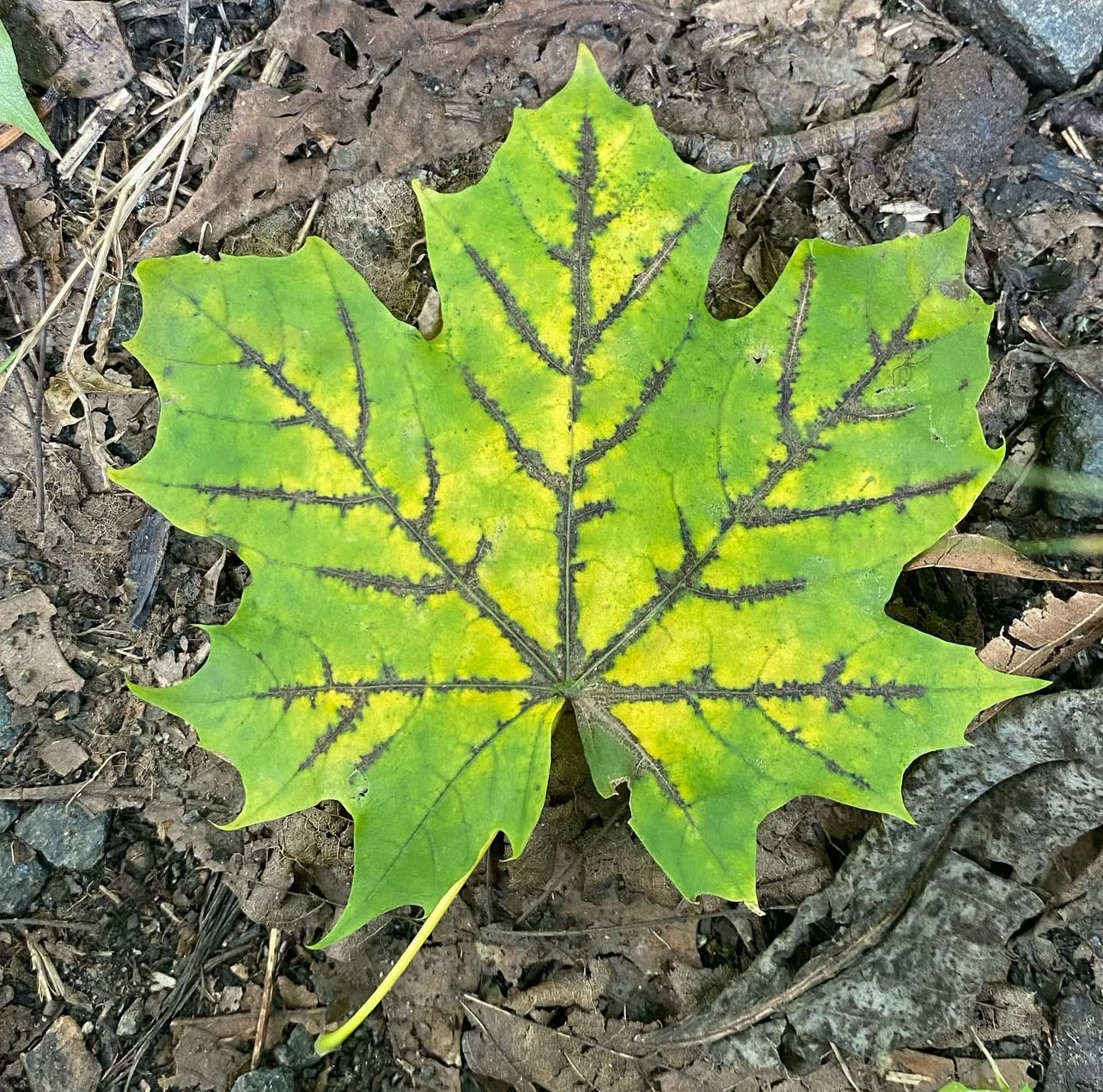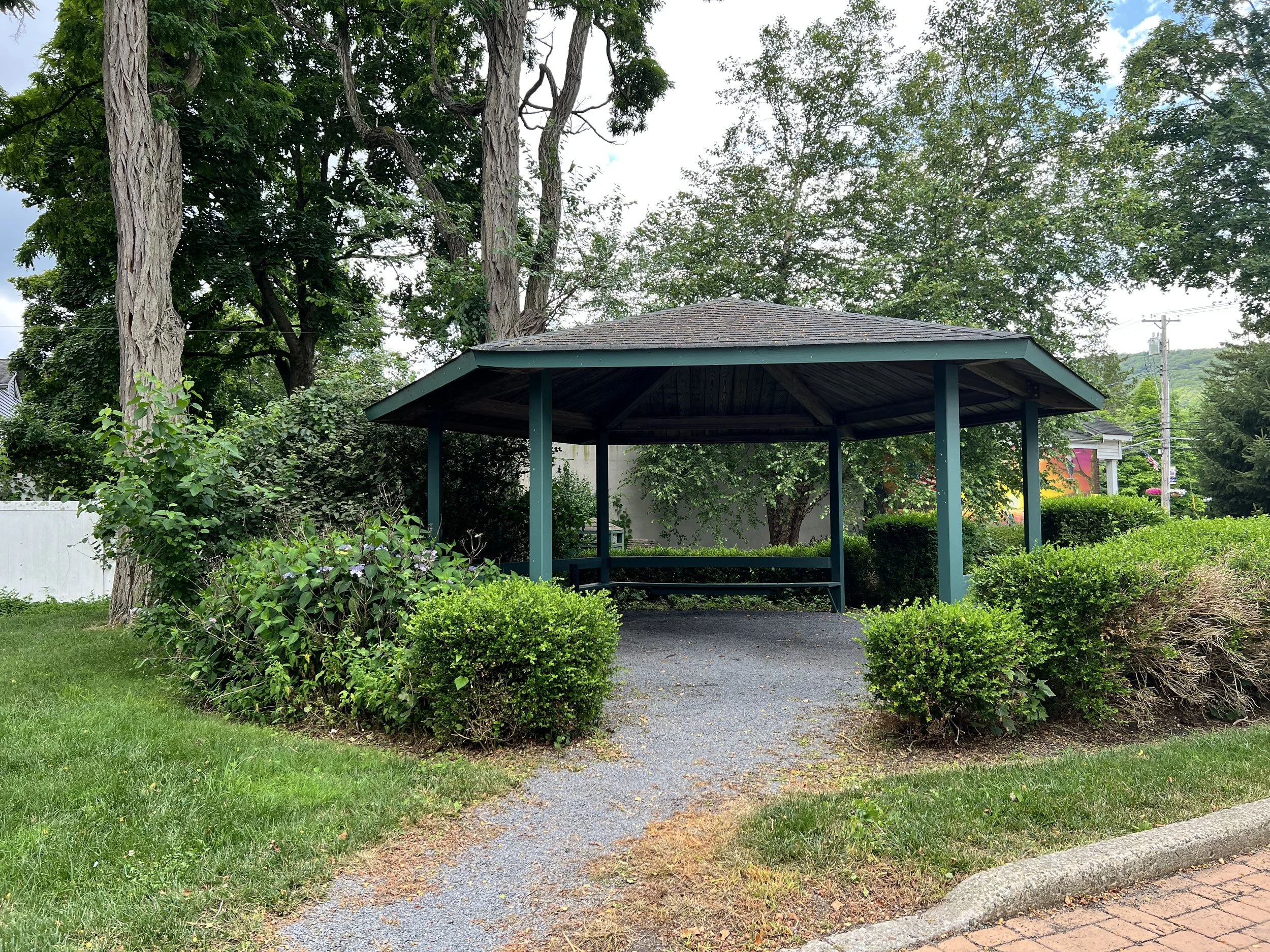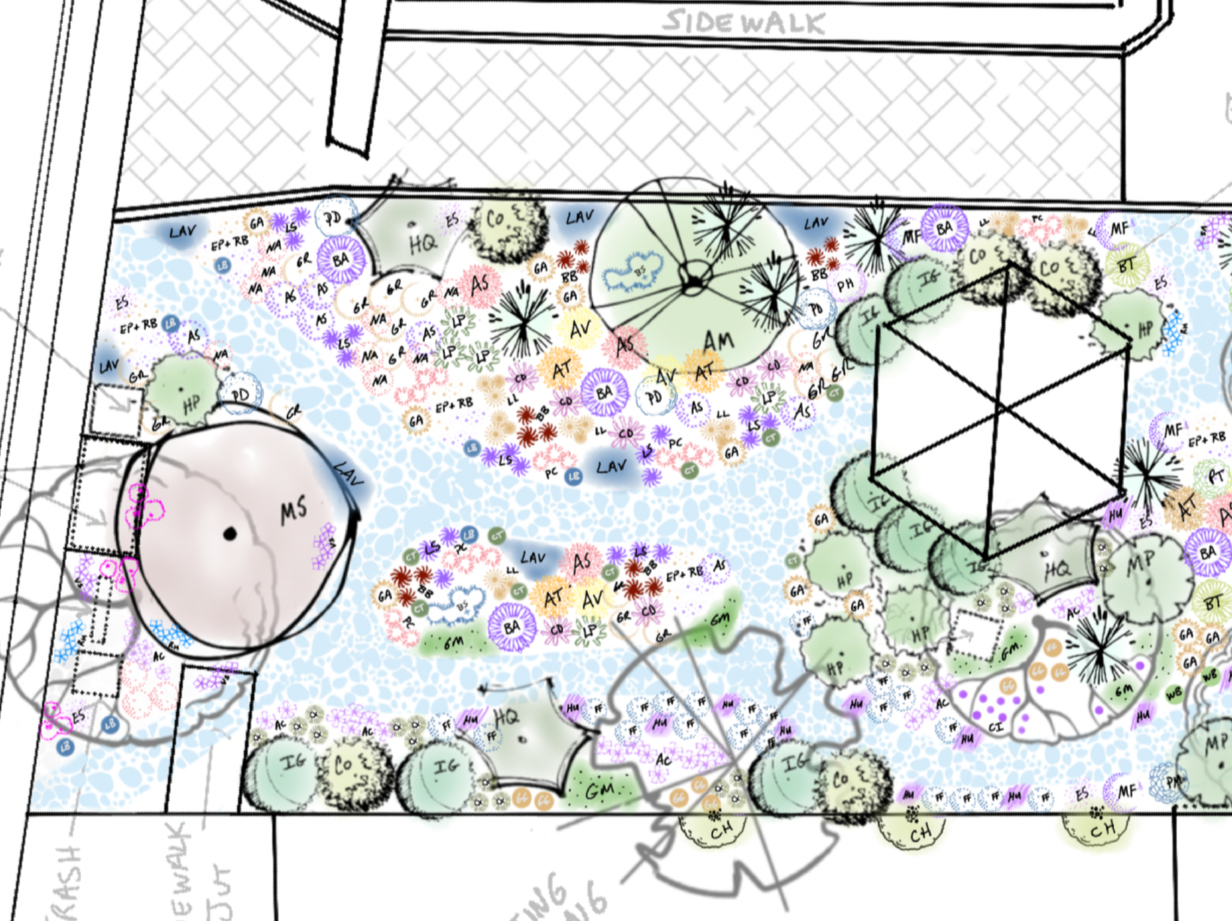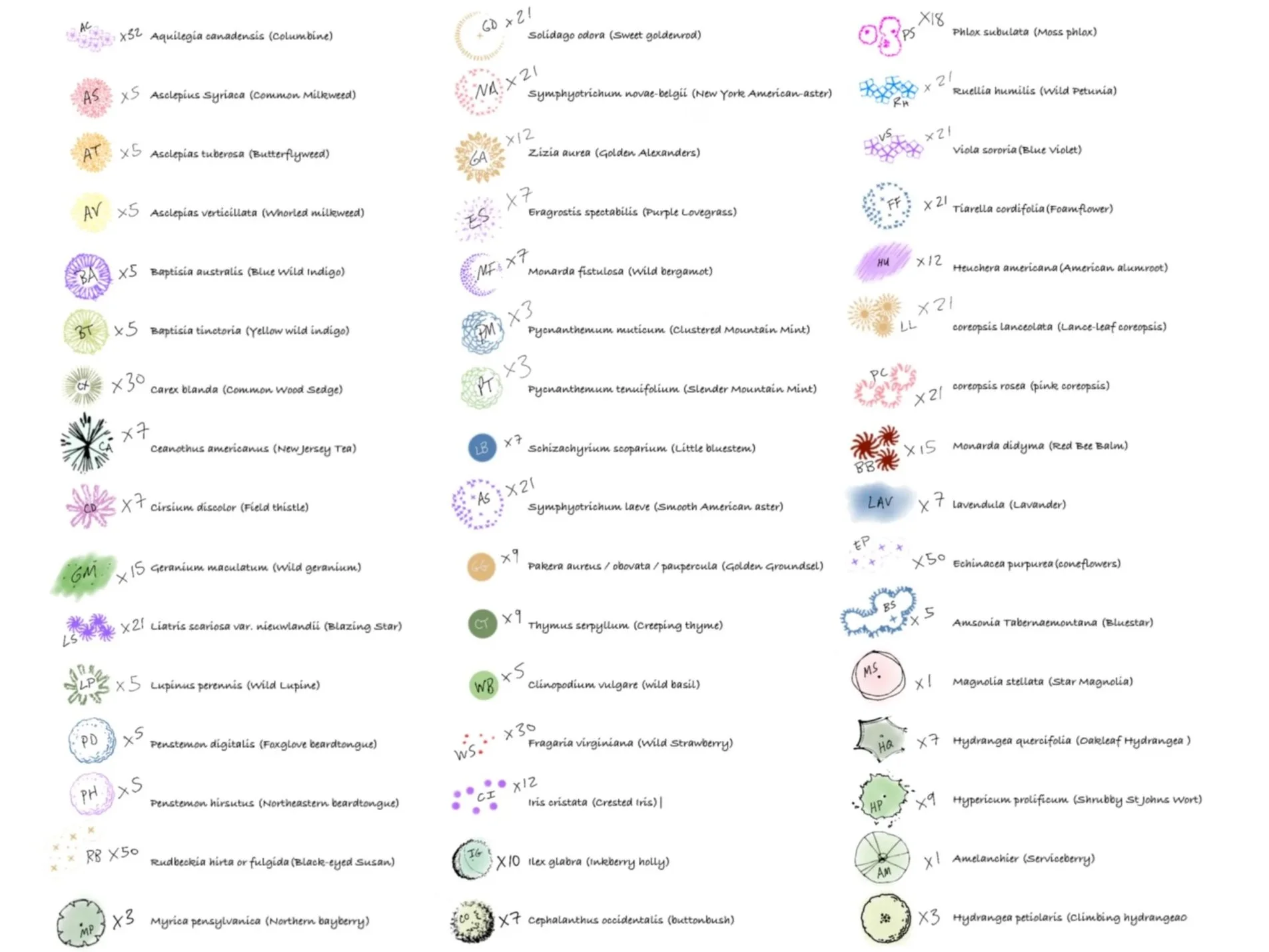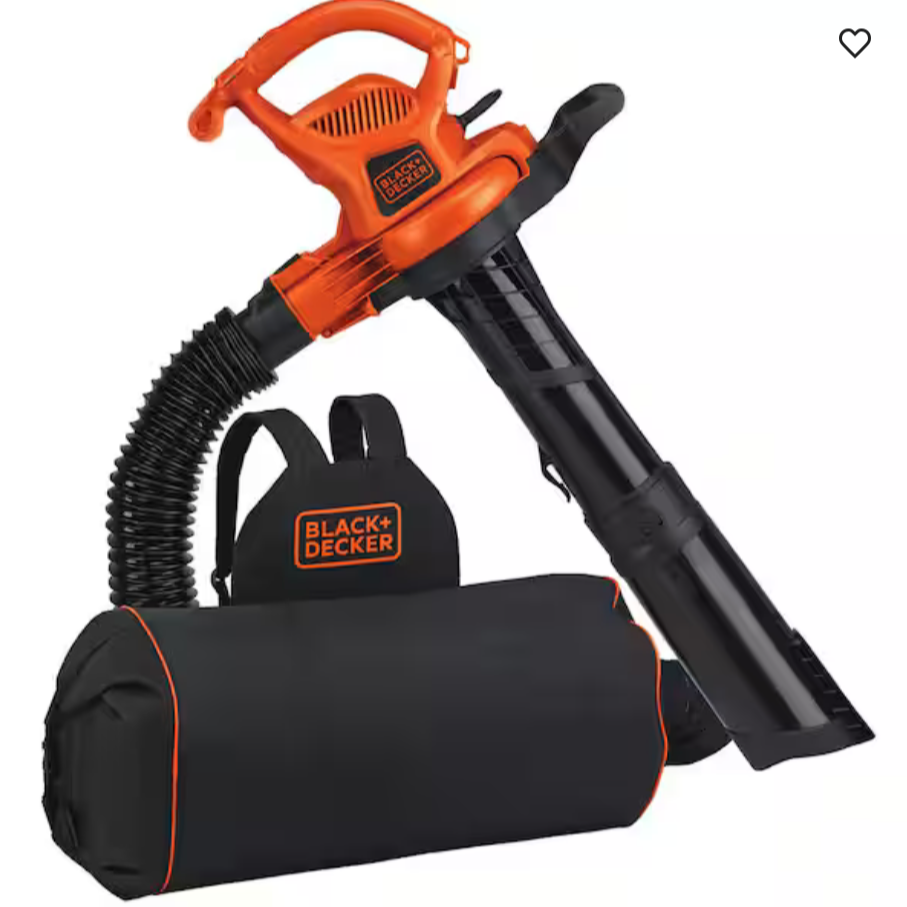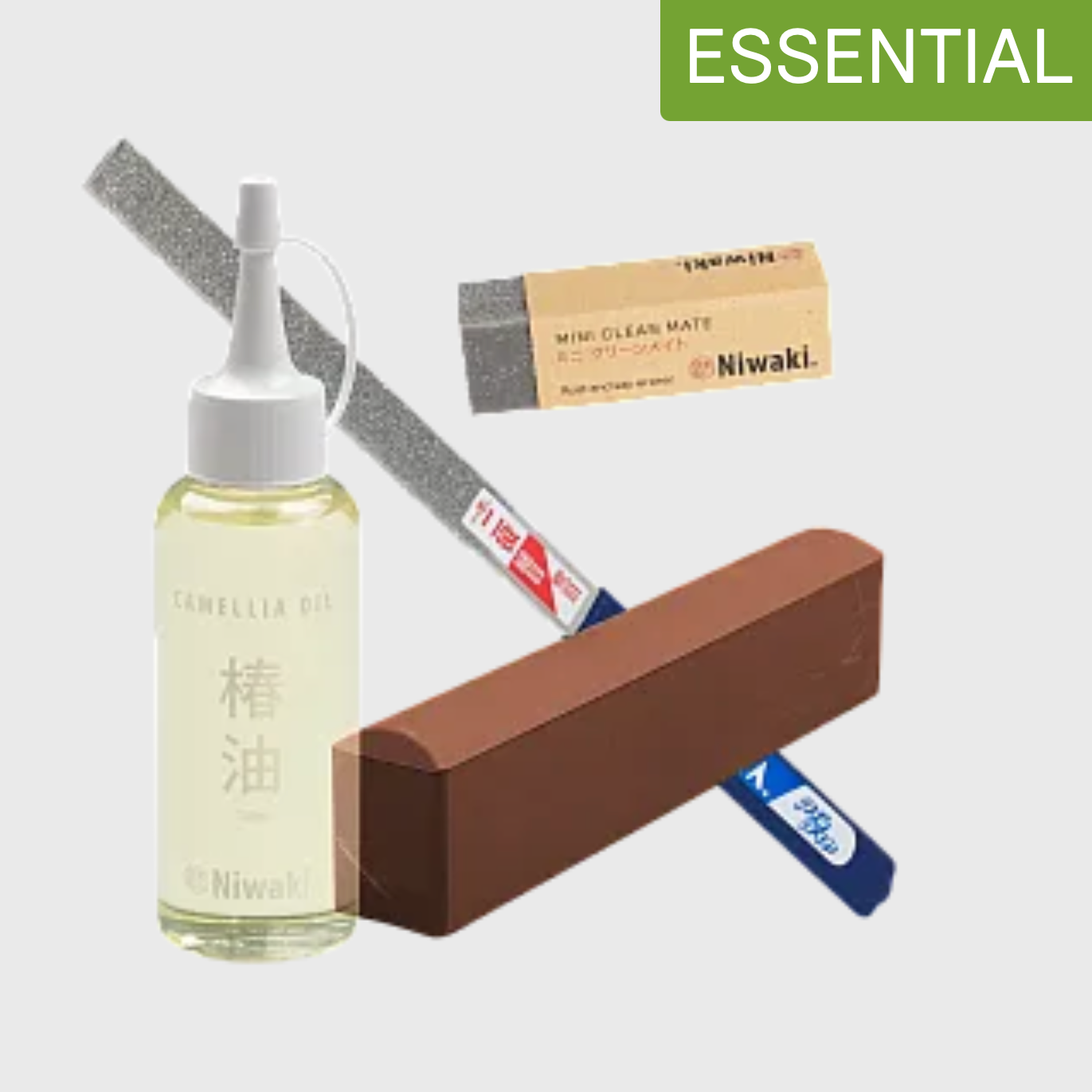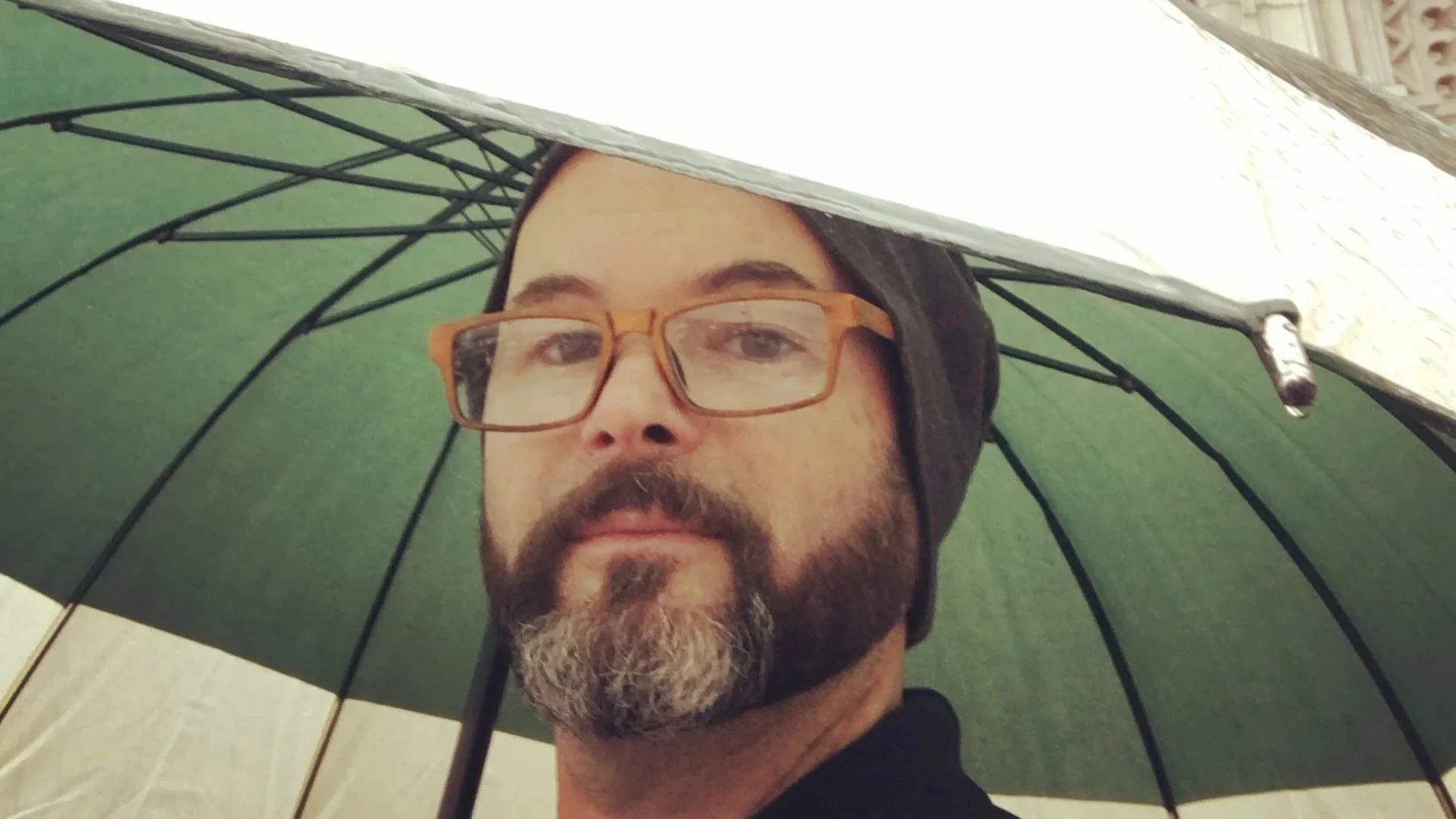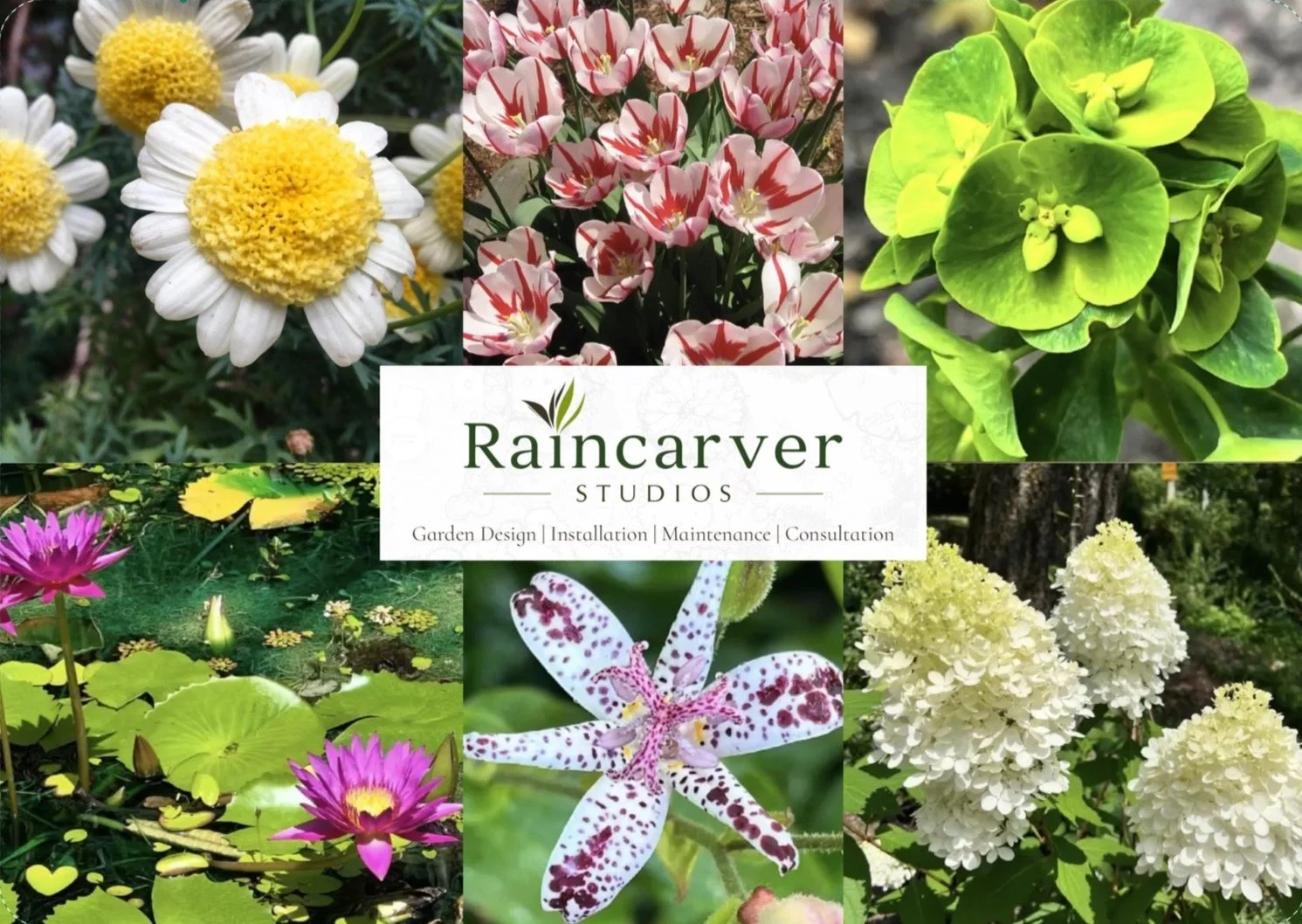Leave the Leaves!
Autumn containers
Preparing the Garden for Winter
Growing up in Florida, fall was my favorite time of year. I loved going back to school and getting ready for harvest. It felt magical and mysterious, and I remember putting on corduroy and flannel to try to force the season (which of course, never really came, because… Florida). I still feel that way (though I’ve lost the corduroy and flannel), and in New York, the magic is real. So much color and change, not to mention all the results of our labors throughout the season, going to fruit and to seed and to crop. And then, a time to rest, feast, and enjoy. A notable difference all these years later, though, is the effects of climate change on the season. What we normally used to do in September and October now continues into November as the season elongates.
Fallen leaf on a Hudson Valley hiking trail
The Fall of the Leaf
I just learned that the term "fall" for the season emerged in the 16th century in Britain. It was a shortened form of the phrase "the fall of the leaf," whereas "Autumn" comes from the Latin word autumnus, and it entered the English language through French. Now "Autumn" is the more common term in the U.K. and "Fall" more popular in the U.S.
Either way, the autumnal fall of the leaf marks a turning point as our gardens wind down for the season and prepare for dormancy. And here are some tasks to help prepare your garden for slumber.
Top 10 Tips To Prepare for Winter*
PLANTING – Early fall can be a great time to plant tough perenniels, but by late fall it’s good to let things rest. Once leaves start to turn, plants are going into dormancy. Mid to late fall is good for planting next year’s spring bulbs like alliums, crocus, daffodils, iris, frittalaria, snow drops, and tulips. And November is a good time to spread those poppy seeds over the soil. Poppy, like many flowers, require a period of cold stratification, cool, wet conditions to activate them and break their dormancy cycle so they are ready to sprout when the ground is warm again.
LEAVE THE LEAVES (AND STALKS) – Leaves need to come off the roof and out of the gutters, but it’s great to leave them in the beds. Leaves are a natural mulch (breaking down to enrich soil) and support ecosystems by providing shelter and protection for many beneficial insects including bees, butterflies, moths, caterpillars, and beetles. Likewise, the stalks of many flowers and shrubs can be left through winter to provide winter interest in the garden and safe spaces for spiders and insects.
MULCH – Whether it’s leaf or shredded bark mulch (all natural, not dyed or treated), a good layer of mulch is the garden’s best protection in winter. It helps regulate temperature and moisture and protects dormant plants from harsh winter conditions, and it slowly breaks down, adding another layer of nutrients into the soil. You can also shred leaves, (but make sure you aren’t shredding pollinators!) and create a softer more attractive mulch with a combo leaf blower/shredder like the one I recommend below.
PRUNING – It’s good to know your plants and what they need. If you’re not sure, look up the specific pruning needs of each individual plant. Some flowering shrubs bloom on old wood (forsythia, lilac and some hydrangeas, like Big Leaf Hydrangea) and should not be pruned until immediately after they bloom in spring. Other plants bloom on new wood (buddleia, spirea, roses, beautyberry, crepe myrtles, and the panicle and tree hydrangeas) and should be left and pruned in very late winter or early spring right before new growth appears.
WEEDS – Late fall is a good time to rip out the remaining weeds to get ahead of them for next year. Definitely, get them out, preferably before they flower, but certainly before they go to seed. Remember, 1 year to seed, 7 years to weed! Fall is an opportunity to really see them and weed them out ;)
SEEDS – Some seeds that are best sown in fall include poppy, as well as combine, echinacea, black eye-eyed susan, larskspur, hollyhock, and many cold season veggies like cabbages, broccoli, carrots, beets, bok choy, spinach, turnips, and cauliflower, and others.
IRRIGATION – Winterizing irrigation is important as frozen water can cause ruptures in sprinter heads and hoses. Turn off water at the source, drain any drip irrigation mainlines, bring in any removable hardware, garden hoses, nozzles, and irrigation timer systems, and store in a warm place over winter.
TOOLS/STORAGE – At the end of every season, I like to give my tools one last cleaning and sharpening before storing in a clean, dry place. I often wire brush away any rust that has accumulated, and I use a little stone called a crean mate to alleviate any further rust and grime, a whetstone to sharpen blades, and denatured alcohol to sanitize. Links to some of my favorite items below.
INDOOR PLANTS – Bringing plants indoors is a big process at my house, and I have to always reconsider what is going to be safe and survive my cats and the dry indoor heat. If you have children or pets, it’s always recommended to review which plants are non-toxic. Some plants go dormant anyway, and can be tucked away in a basement or shed. I do this with alocasia and fig. But remember, though they may not need light, they still need occasional watering.
FROST/SNOW – In the coldest months of winter, remember that snow is your garden’s only source of water. You can shovel snow into your beds to provide a slow release water supply. But keep in mind that road edges tend to get salty with ice removal and plowing, so don’t shovel that into the beds or you run the risk of raising the pH and making the soil more alkaline which can be deadly to many plants.
* Please feel free to forward this along to anyone you think might appreciate or benefit from this content or would like to receive these seasonal updates and tips.
Have a question for me? Email me at tom@raincarver.com
New Project for 2026: Sonshine Park
There’s a small public park right in the middle of the beautiful Village of Greenwood Lake (where I live) that is currently overgrown with opportunistic, somewhat inappropriate vegetation and needs extensive attention to return it to its pollinator garden life. The Greenwood Lake Lions, Grow Local Greenwood Lake, Raincarver Studios, and the Village of Greenwood Lake have formed an incredible team to begin bringing about this amazing transformation. We’ve completed the design, began preparations, and will plant in spring. Stay tuned for more info and how you can support or be involved in this project. Or visit Grow Local Greenwood Lake to learn more.
Current conditions of Sonshine Park
New Design for Pollinator Gardens
Explore more:
And finally, some products, mentioned above, that I recommend:
Wishing everyone a a good end of season garden journey and a cozy, creative, and restful winter.
–Tom
TOM PEARSON
Principal Landscape Designer & Horticulturalist

